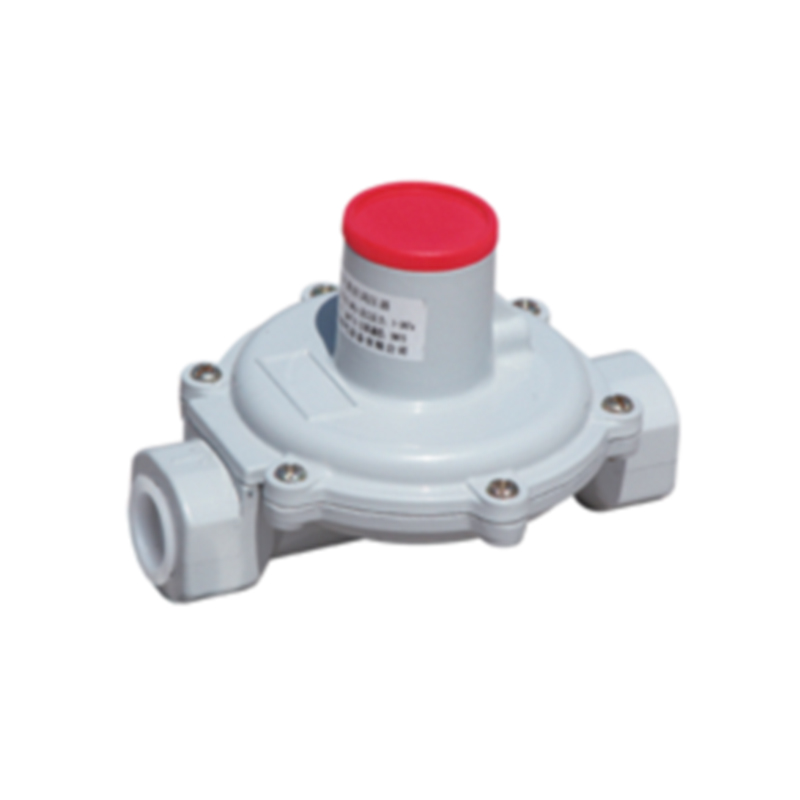
Nov . 09, 2024 16:19
Back to list
Natural Gas Control Valve for Efficient Energy Management and Safety Features
Understanding Natural Gas Valves Essential Components for Safety and Efficiency
Natural gas is a critical energy source that powers homes, industries, and vehicles throughout the world. To facilitate its use, various components must be carefully designed and constructed, among which natural gas valves play a vital role. These valves regulate the flow of natural gas, ensuring that it is delivered safely and efficiently to its point of use. Understanding the importance of natural gas valves, their types, and their functions is crucial in promoting safety in gas distribution systems.
Types of Natural Gas Valves
Natural gas valves come in several types, each designed to serve specific functions in the gas distribution system. The main types include
1. Gate Valves Primarily used for on/off control, gate valves provide minimal flow resistance when fully opened. They are often utilized in large pipelines where a full flow of gas is required.
2. Ball Valves Known for their quick operation, ball valves use a spherical disc to control flow. They are ideal for applications that require reliable sealing and fast shut-off capabilities, making them a popular choice in residential and commercial gas applications.
3. Globe Valves These valves offer excellent throttling capabilities, allowing for precise flow control. Globe valves are often used in situations where the flow needs to be adjusted frequently, providing more control than gate valves.
4. Check Valves These valves prevent backflow in the system, allowing gas to flow in only one direction. Check valves are crucial for maintaining the integrity of the distribution system and preventing potential hazards caused by backpressure.
5. Pressure Relief Valves Designed to release excess pressure, these valves are essential for preventing overpressure conditions that could lead to leaks or explosions. They serve as a safety mechanism in both residential and commercial gas systems.
Functions and Importance
natural gas valve

The primary function of natural gas valves is to manage gas flow throughout the distribution system. This involves not only controlling the amount of gas being transported but also ensuring that the gas is delivered at a safe pressure level. Undoubtedly, the safety implications of gas valves cannot be overstated. A malfunctioning valve can lead to catastrophic failures, resulting in leaks, explosions, and potential loss of life.
Moreover, valves play a crucial role in energy efficiency. Properly functioning valves minimize waste by ensuring that gas is used as efficiently as possible. This is particularly important in large industrial applications, where even minor inefficiencies can lead to significant cost increases.
Materials and Installation
Natural gas valves are typically constructed from materials that can withstand high pressure and varying temperatures. Common materials include brass, stainless steel, and carbon steel. Each material has its advantages in terms of durability, corrosion resistance, and cost, making it essential to choose the right valve for specific applications.
Installation practices are equally critical for ensuring the valves' reliability and effectiveness. Valves should be installed by licensed professionals who understand the technical requirements and local regulations. Proper placement, orientation, and sealing are essential to prevent leaks and ensure optimal performance.
Maintenance and Inspection
Regular maintenance and inspection of natural gas valves are essential for ensuring their reliability. Organizations should implement routine checks to identify any wear and tear or potential malfunctions before they pose risks. Maintenance may involve cleaning, lubricating moving parts, and replacing worn components to ensure that valves function as intended.
In many regions, regulations mandate periodic inspections of natural gas systems, including valves, to uphold safety standards. Compliance with these regulations not only enhances safety but also helps in extending the lifespan of the gas distribution system.
Conclusion
Natural gas valves are indispensable components of the gas distribution system. They not only facilitate efficient flow control but also play a crucial role in maintaining safety and preventing accidents. Understanding the types of valves available, their functions, and the importance of proper installation and maintenance can help ensure the safe and efficient use of natural gas. As the demand for natural gas continues to grow, investing in reliable valve systems will be essential for both safety and efficiency.
Latest news
-
Safety Valve Spring-Loaded Design Overpressure ProtectionNewsJul.25,2025
-
Precision Voltage Regulator AC5 Accuracy Grade PerformanceNewsJul.25,2025
-
Natural Gas Pressure Regulating Skid Industrial Pipeline ApplicationsNewsJul.25,2025
-
Natural Gas Filter Stainless Steel Mesh Element DesignNewsJul.25,2025
-
Gas Pressure Regulator Valve Direct-Acting Spring-Loaded DesignNewsJul.25,2025
-
Decompression Equipment Multi-Stage Heat Exchange System DesignNewsJul.25,2025

